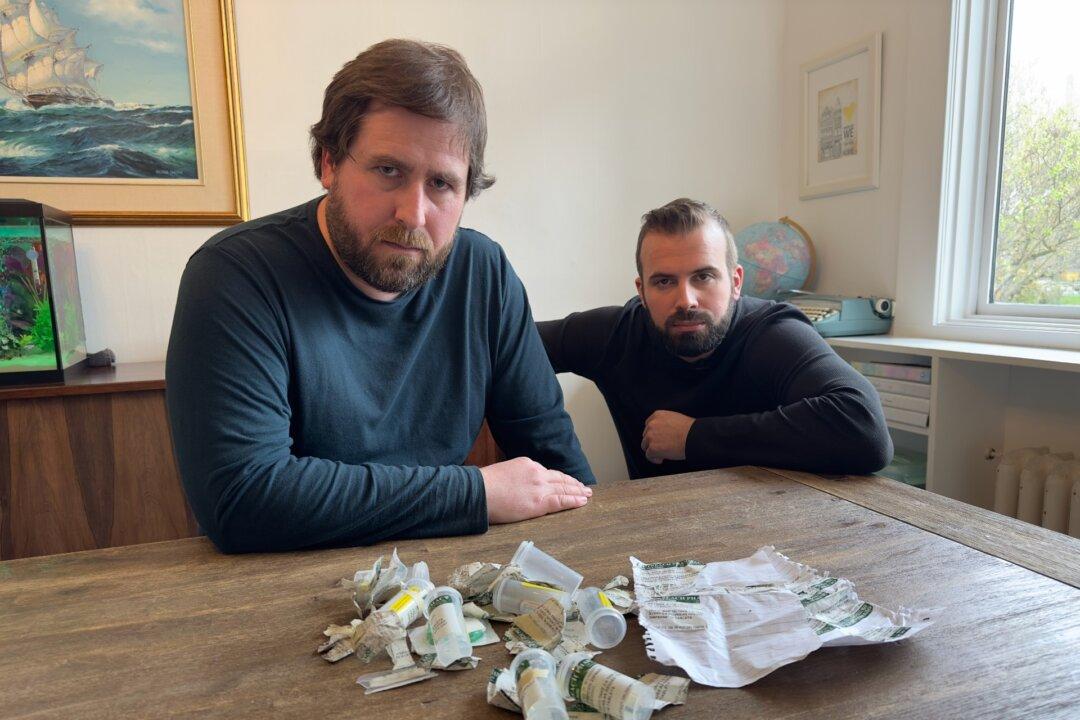With its “safer supply” approach to addiction, Canada’s federal government is giving out large amounts of hydromorphone—a drug that’s too mild to satisfy many addicts but powerful enough to attract the new drug-users getting ahold of it, says documentary filmmaker Aaron Gunn.
Each addict can receive dozens of pills daily, and many of them sell the hydromorphone to buy fentanyl, says Gunn, whose recently released film, “Canada Is Dying,” looks at the effects of “safer supply.” It’s often kids who are buying the hydromorphone, Gunn said.





